Playing Against – An Interview with Daniel Stier
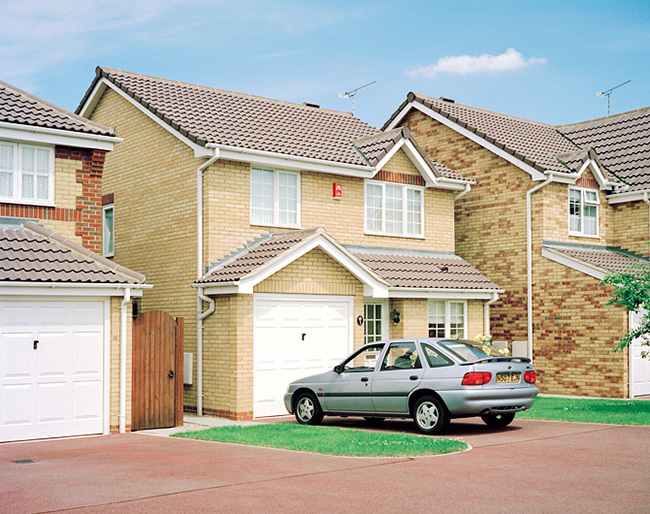
from the series The Frontier House
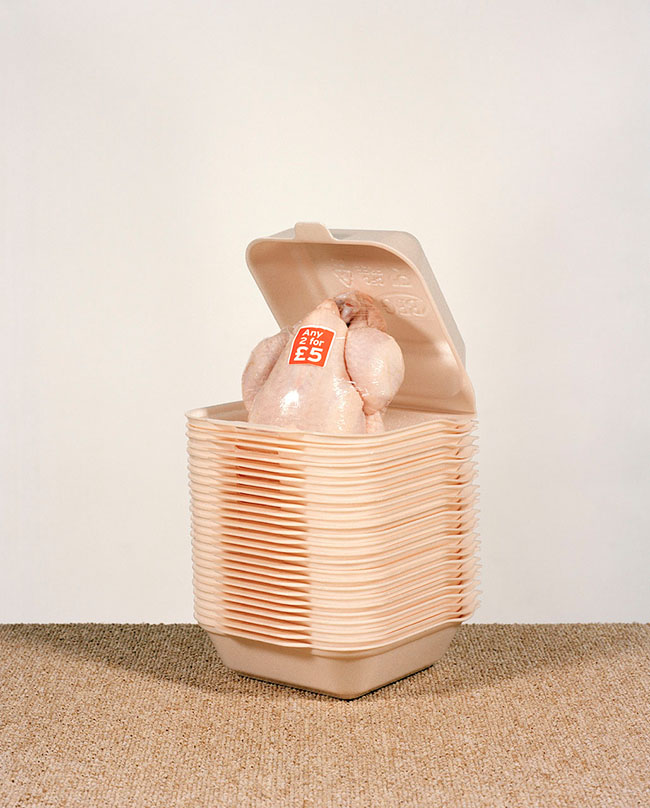
from the series Any Two for Five
At regular intervals throughout its relatively short history, the notion that an abundance of photographic images constitutes a danger to some essential understanding of the medium has been a flashpoint for intense discussion, usually at moments of apparent crisis precipitated by technological change, the advent of digital photography simply being the most recent in a long series of such upheavals. This recurrent critical theme is unsatisfying for a number of reasons, however, not least because it relies on an understanding of photography as being art only in the guise of a privileged, expressive statement, one fundamentally opposed to the commonplace applications of photography. Paradoxically, it is because we are so immersed in this vocabulary of different photographic uses that a certain level of visual fluency is assumed, even when such readings are directed only toward conventions that are widely repeated. Indeed, it is precisely this seeming over-familiarity that gives the impression that a photograph can be well understood even when these styles or representational strategies continue to operate covertly. At this point in its history, then, perhaps there are other ways to consider the ubiquity of photographic images and it is in terms of those familiar styles that can now be taken by artists as the basis for their work.
Daniel Stier is one such photographer, often employing a detached, illustrative gaze to approach a considerable variety of subjects in such a way as to reaffirm the complexities of how certain uses or styles of photography create a very specific understanding – which is not merely communicated, but actively shaped by the image. Stier works at the intersection of commercial photography and, more self-consciously, aesthetic practices, finding the stylistic – as well as conceptual exchanges – that occur between these nominally distinct fields. There is nothing inherently radical about this, of course, given that the boundary between different areas of photographic production is already quite flexible, but the wholly convincing, skillful way in which Stier makes use of these visual styles, as well as their thematic aptness, means that he goes beyond simple appropriation to reveal just how particular images can actively shape their reading. This attention to the mechanics of photographic representation has more to do with social and political realities than with the operation of the camera itself. Indeed, much of Stier’s own work involves playing against the coded vocabularies found in advertising imagery, even as he has mastered them elsewhere.
This fluency is most apparent in his series Any Two for Five, which uses the style of commercial photography, as well as its subject matter, to comment on the exaggerated and aggressively polished texture of consumer-targeted imagery. Stier presents them in such a way that the wholesome qualities these pictures wish to convince us of – the best clean, the best value – actually start to appear grotesque, stemming from a desire to impose some kind of order on a world of irrationality and less-than-white whites. Even when deconstructed in this way the styles of advertising are still recognisable, which explains, in part, why the pictures are so effective, but also suggests just how deeply rooted such anxieties are in our lives. These attempts to order the world around us (or the knowledge we might have about it) seem increasingly central to Stier’s work. The series Ways of Knowing uses scientific or illustrative photography in much the same way as he used commercial styles elsewhere, though in a more restrained way. Removed from any specific context, the images have a seductive indeterminacy, but also point to the way in which the systems of knowledge we take for granted are inherently fragile and even the slightest shift can disrupt their meaning.
The need to order and shape the world around us, photographically or otherwise, can never quite be secure enough, but what Stier shows are the necessary repetitions that go into sustaining the illusion.
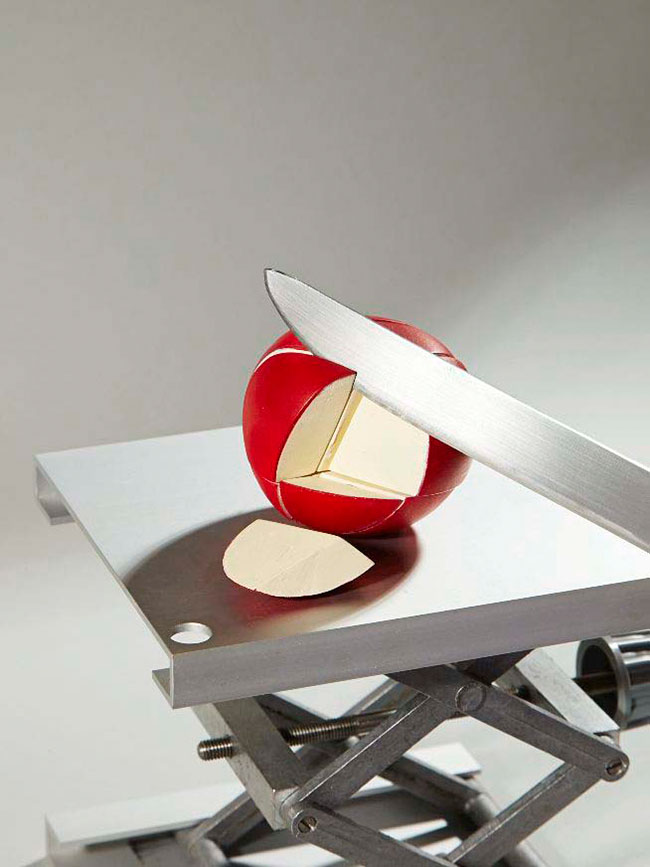
from the series The Food Project
Perhaps an obvious place to start, but one that I often find useful nonetheless – what was it that first attracted you to photography?
I can’t really answer this question. All I know is that I never considered any other job from an early age. Maybe it had something to do with travelling. At the time, being a photographer seemed like a job that would get you to some very exotic places. And it really has. Quite often when I’m on a job I still wonder, how did I get here? Sorry – so no meaningful, philosophical reasons.
You seem to move easily between commercial work and your own projects. What do you see as being the relation between these activities, either practically or, for want of a better word, conceptually?
If you’re in the fortunate position to shoot commercial jobs just as you would your personal work, it isn’t too much of a stretch. As a photographer you have to have a very distinct way of seeing the world, otherwise your work will not be recognised anyway. Having said that, it doesn’t mean I am a huge admirer of advertising photography. But it pays for all the other photographs that I want to take.
And that’s another thing I like about photography, it’s one of the last really versatile professions, still needed every day for applied purposes, but also one of the big mediums in the art market.
Would it not be true to say though that some your projects are also rather critical of advertising and its language? (I’m thinking of Any Two for Five, in particular).
Yes, I think that’s precisely what this work is about. I like playing with the aesthetics of product and advertising photography, because it seems to perfectly reflect the environments that we live in. From the ridiculous products that we are meant to buy, to the materials and textures that we surround ourselves with. It is like living in a brochure.
Product photography follows certain rules aesthetically – just like photos in art galleries follow other rules. But you only need to tweak them a little bit and you end up with a complete different result.
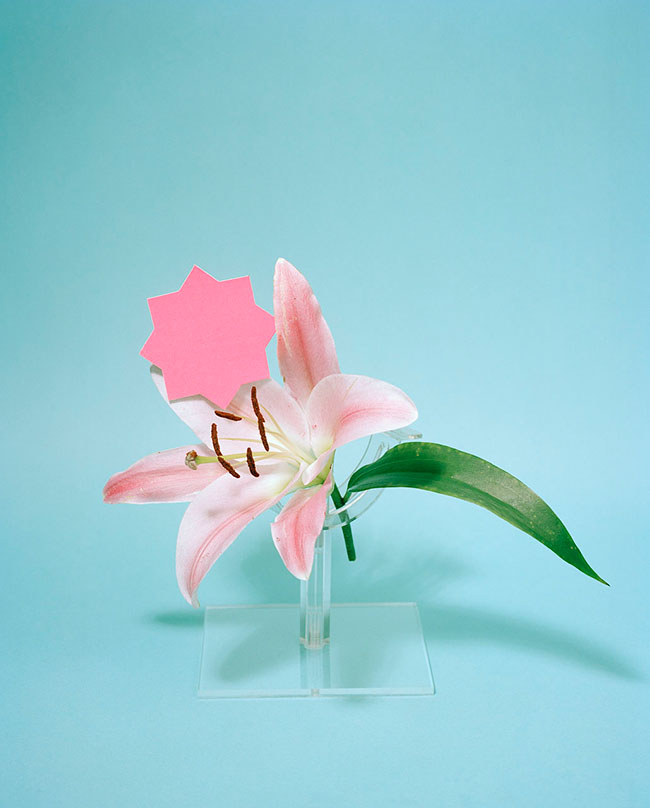
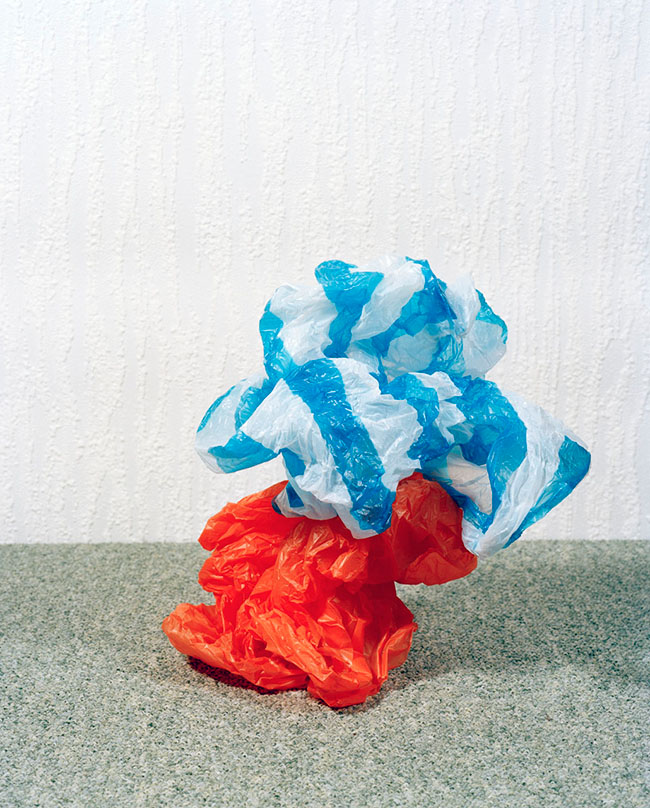
from the series Any Two for Five
Your pictures also have a very distinct visual style. What do you think has influenced that?
That’s very hard for me to judge. I guess I like a certain preciseness and simplicity. I like to know what a photographer wants to say.
And, like I said earlier, I find commercial photography very interesting. Interesting in that it still serves a purpose, maybe a bit like we like wearing work clothes or buying industrial furniture. They are also designed for a purpose and not just to look beautiful.
Related to that, one of the most consistent themes running through your work seems to be a concern with different systems of organisation, whether it is of scientific knowledge or where people live.
That’s true. But isn’t that one of the big question in life anyway, trying to find some kind of order? It’s a complex world we live in.
Coming back to your first question, for me the camera is an excuse to go out and try and make some sense of what I see. I work on different projects, but overall you come back to certain fundamental questions: What is this world that we live in, and why do we live like we do? What are the things that surround us, and how do they shape our lives?
Currently I am working on a large new body of work, and it deals with the parallels in the work of artists and scientists. I am really interested in the obsessive beliefs that drive these people forward to answer the big questions.
Overall, your projects are really diverse and have covered a lot of territory, but is there any other subject that you would still like to address?
Unfortunately I am not a great conceptual artist. I stumble upon things and then think, oh that’s interesting! That way I think there will be a lot of different things to come. But I have a feeling that eventually they will all come together as one.
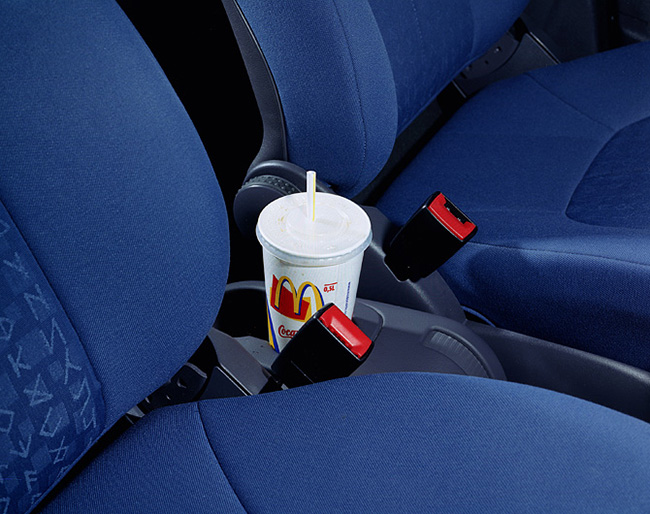
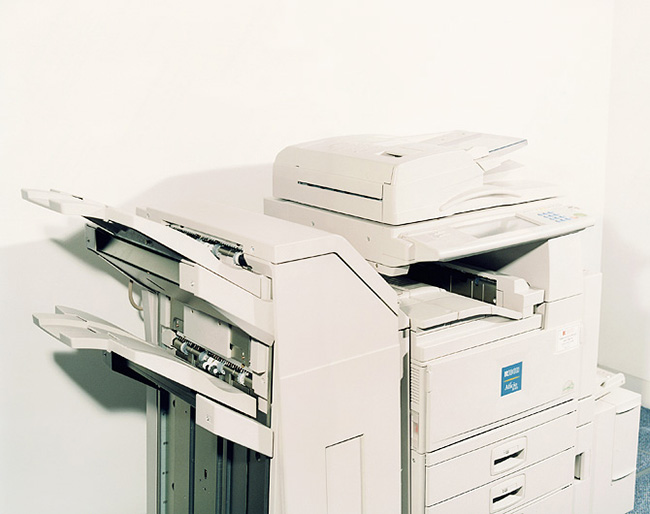
from the series The Frontier House
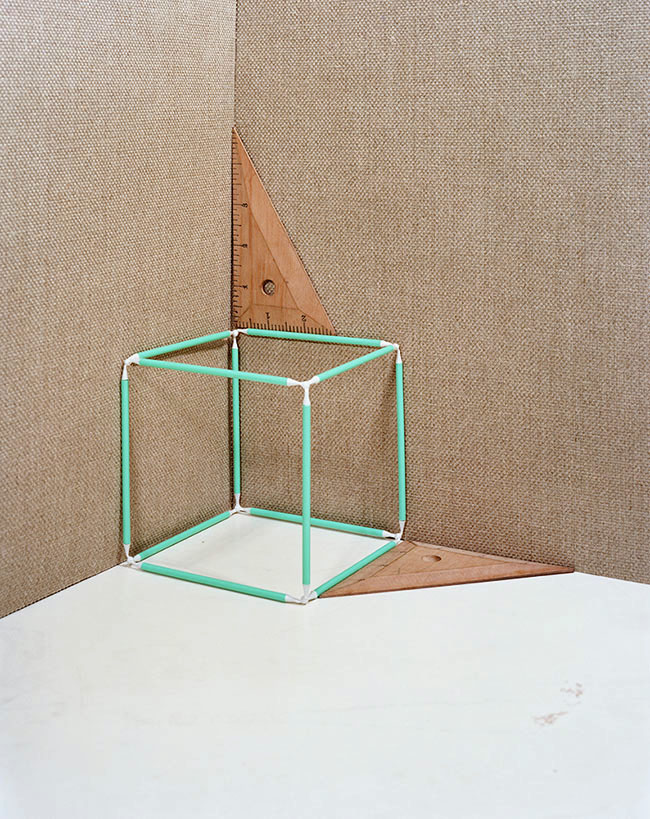
from the series Ways of Knowing
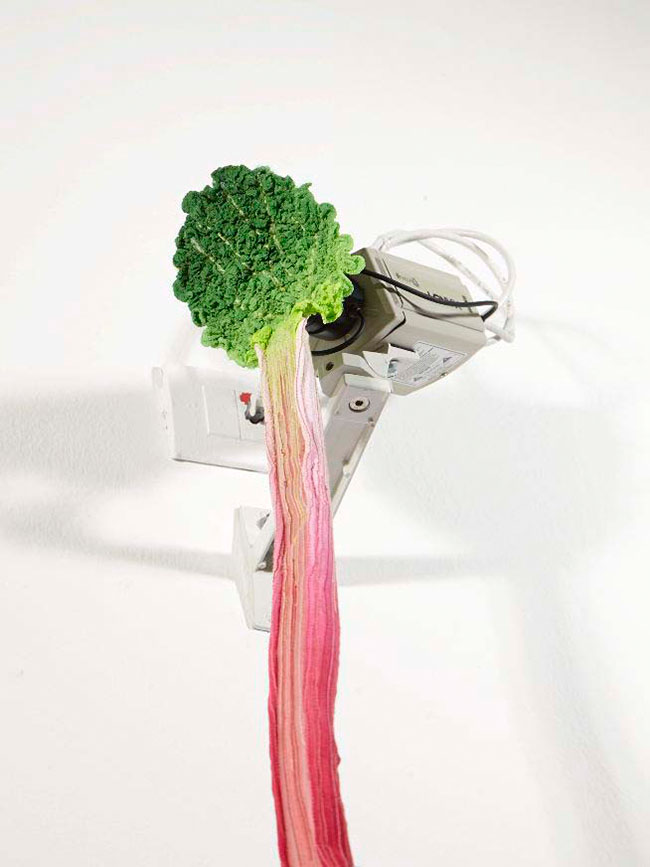
from the series The Food Project
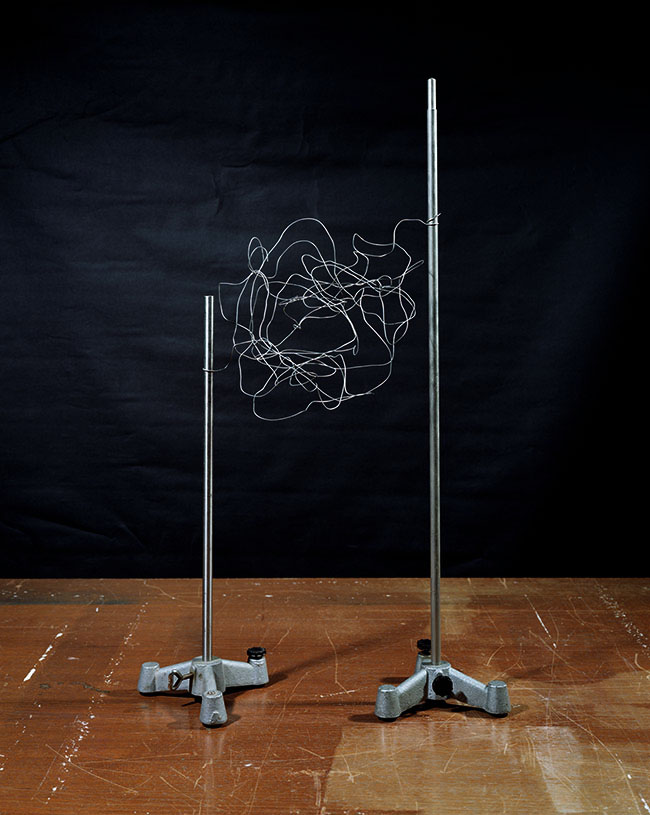
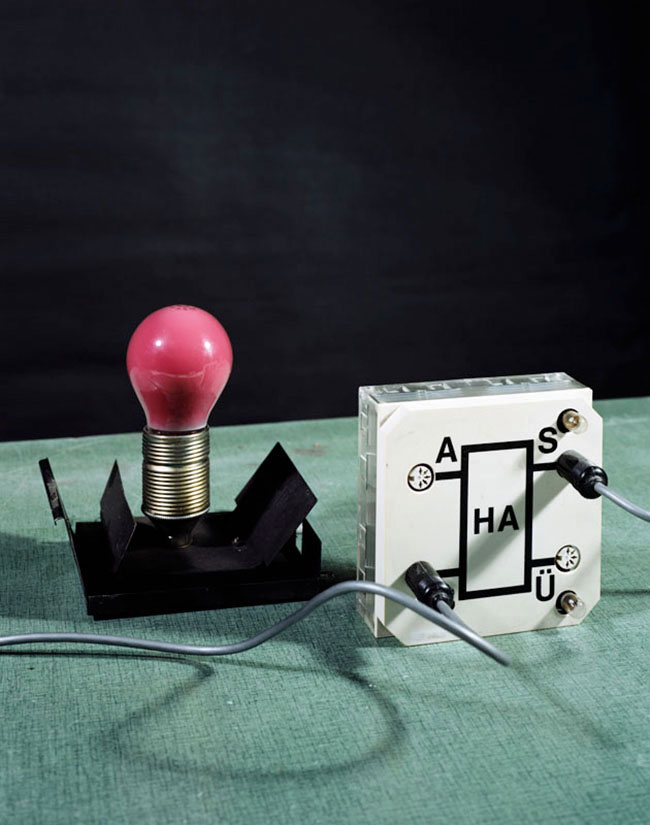
from the series Ways of Knowing
